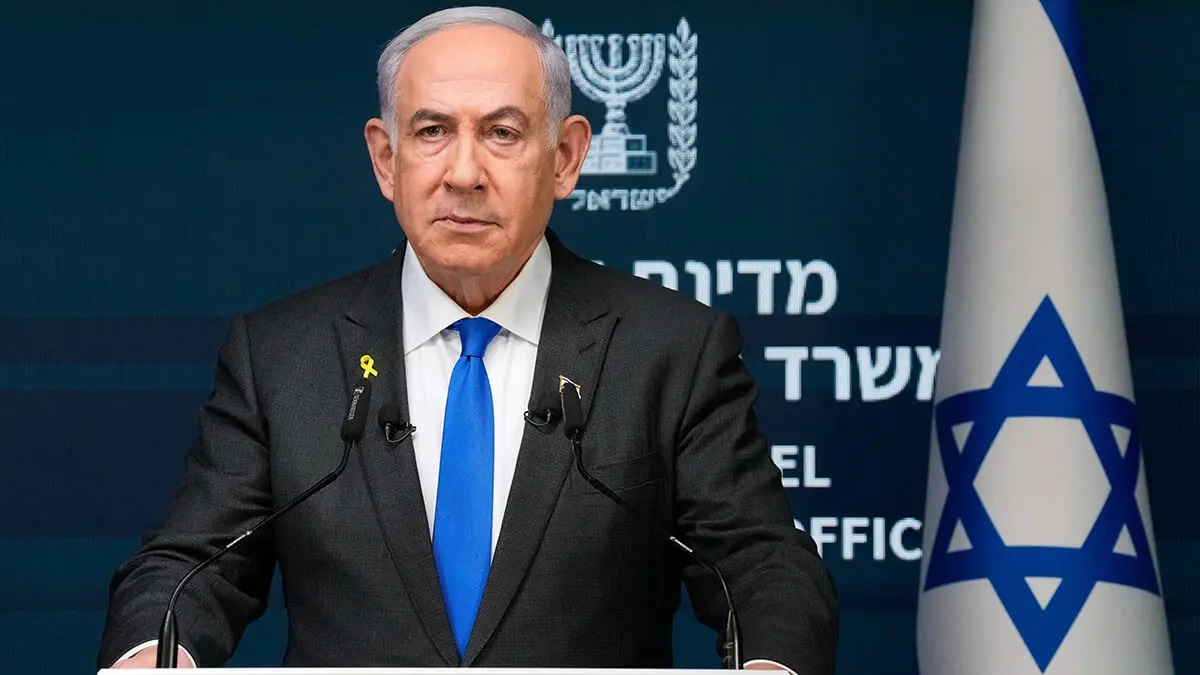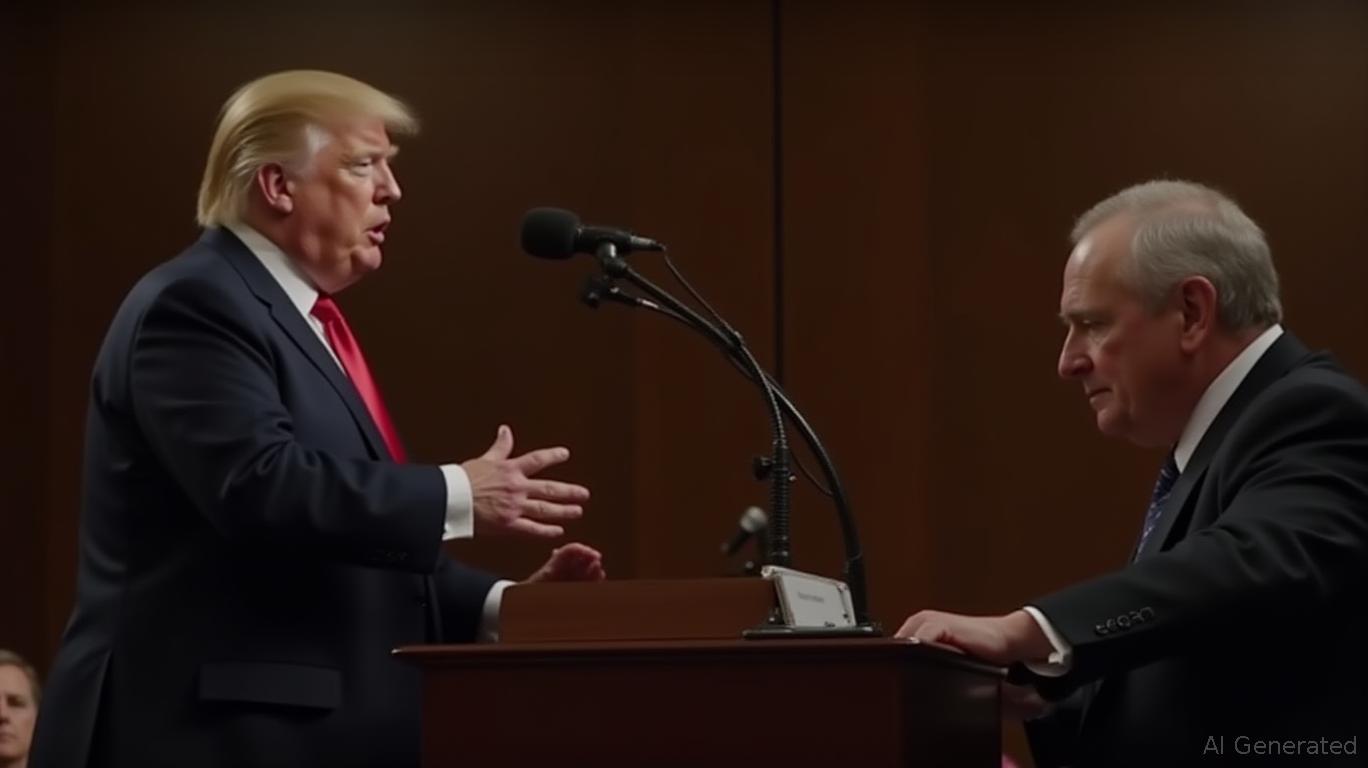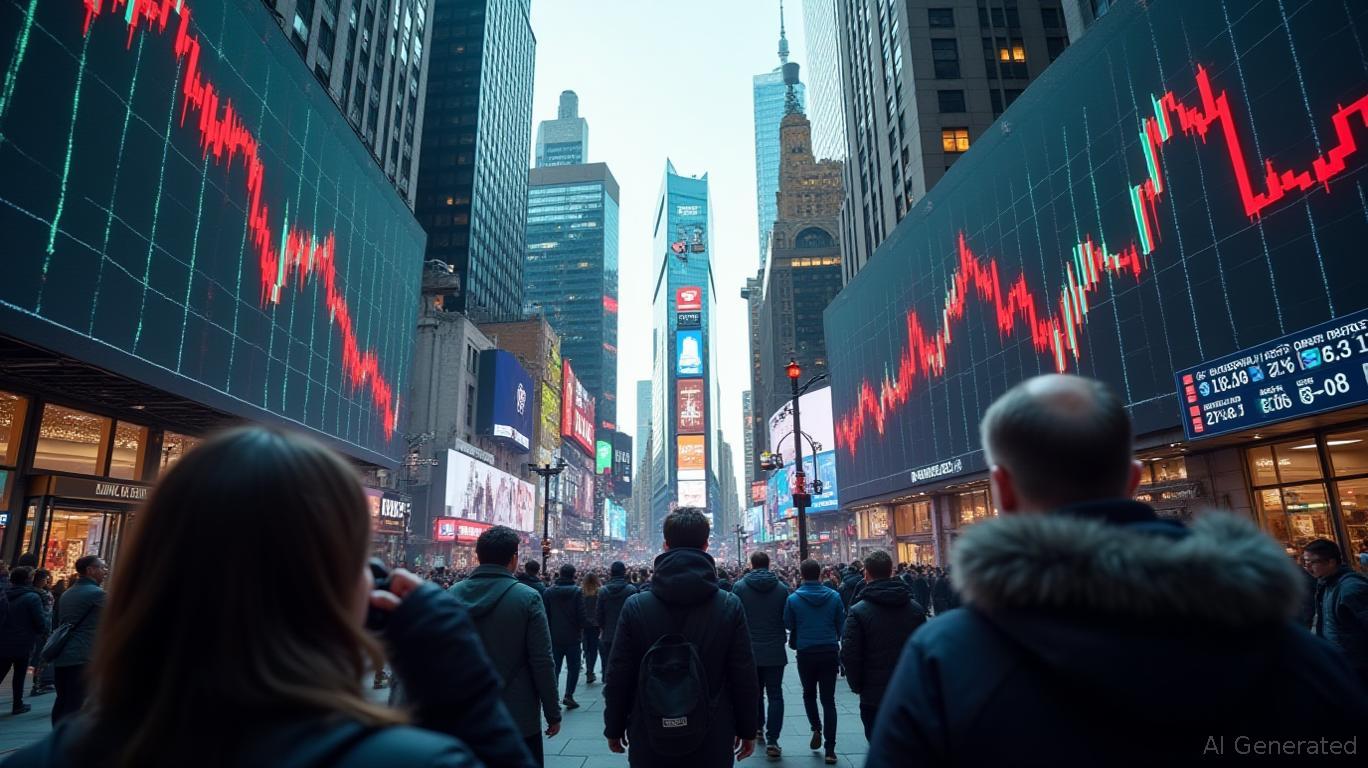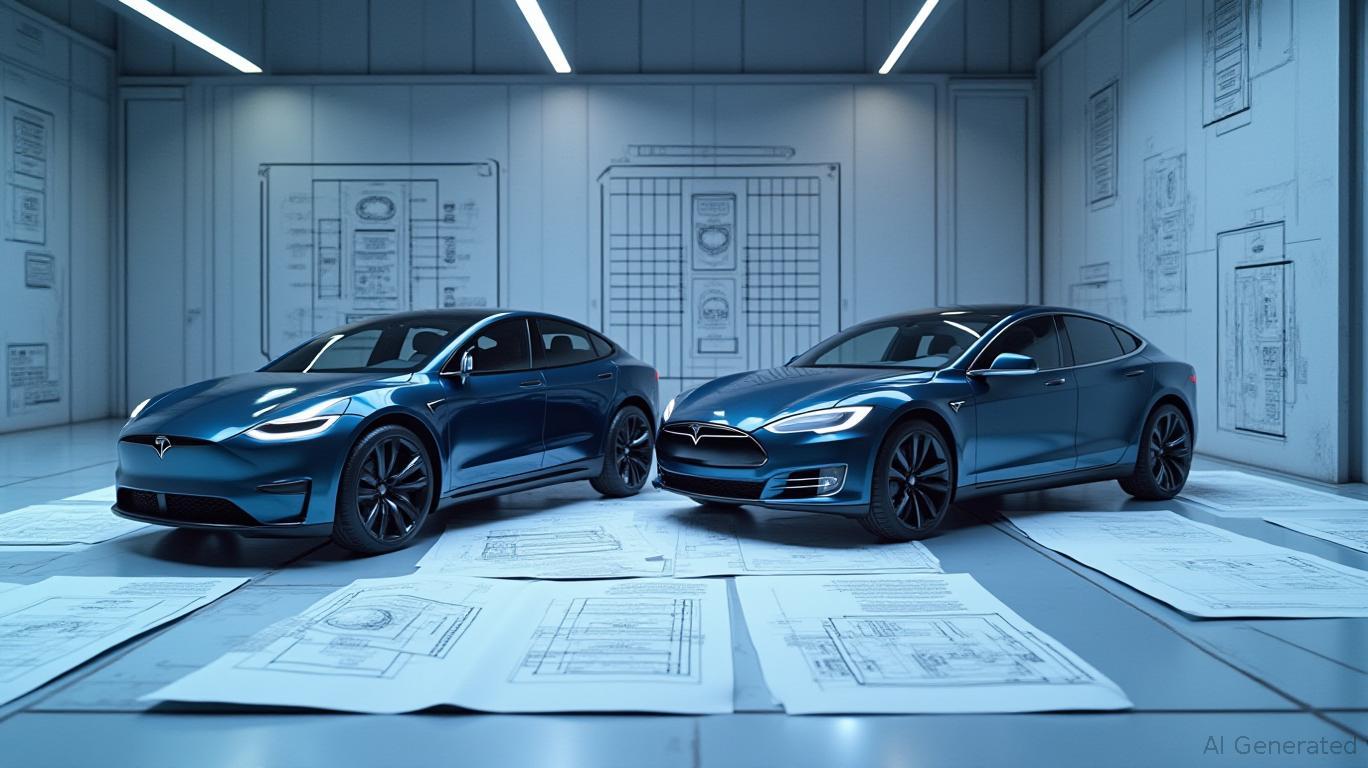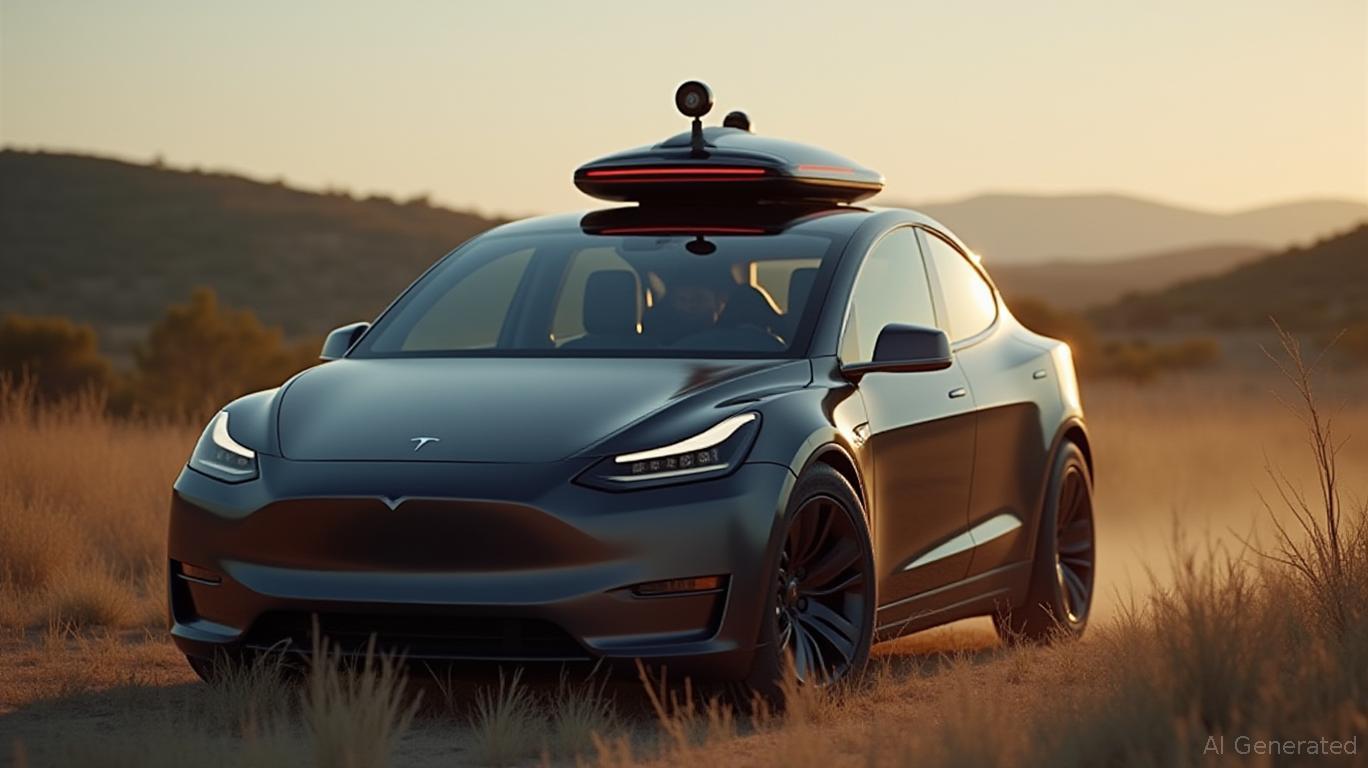Autonomous Vehicle IP Warfare: GM's Bold Move and Tesla's Litigation Crossroads
The race to dominate autonomous vehicle (AV) technology has entered a new phase of intellectual property (IP) warfare, with General Motors’ (GM) recruitment of Tesla’s former Autopilot lead, Sterling Anderson, marking a turning point. This high-stakes talent poaching and the subsequent litigation between Tesla and Anderson’s former startup, Aurora Innovation, reveal critical risks and opportunities for investors. As autonomous systems become the crown jewels of EV valuations, the outcome of this IP battle could redefine market leadership—and determine whether GM gains a sustainable edge or Tesla’s litigation tactics backfire, stifling innovation.
Ask Aime: Who's leading in the autonomous vehicle technology race?
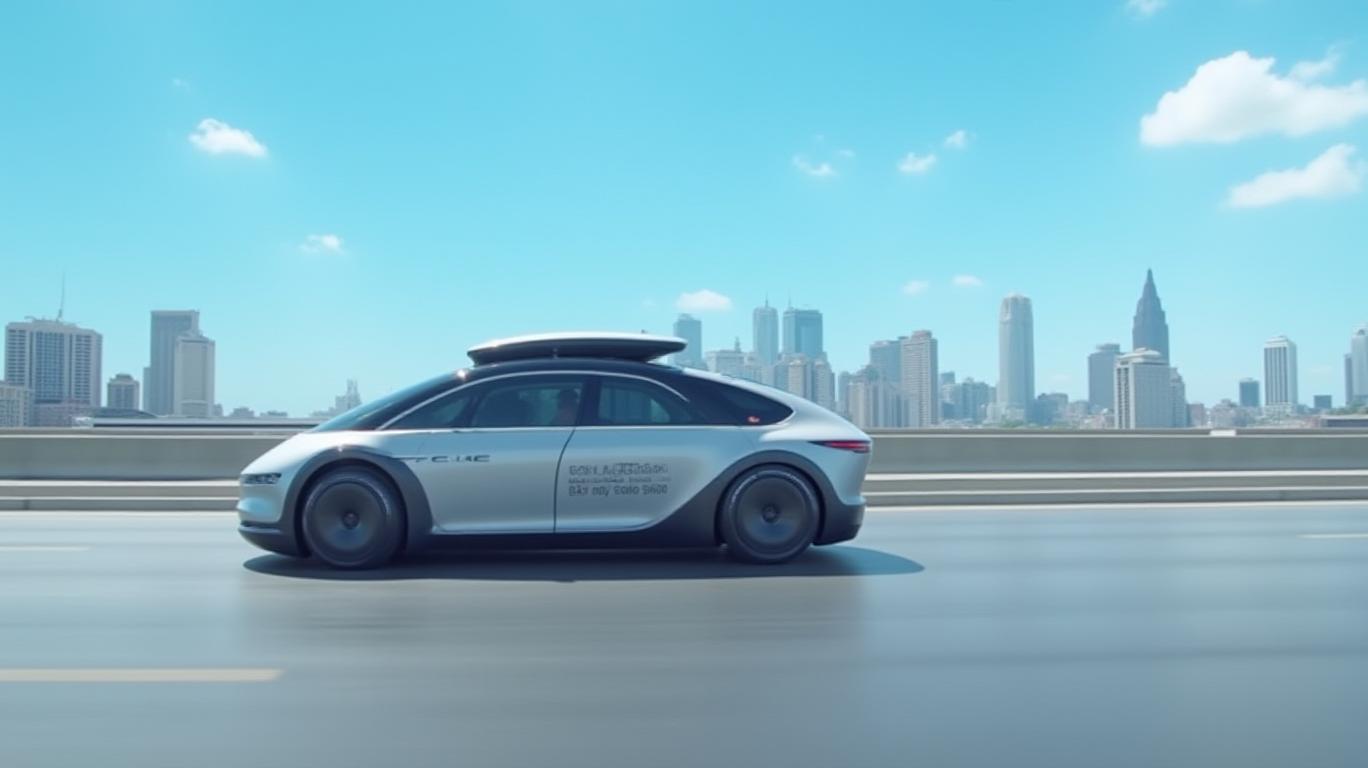
The Talent Poaching Play: GM’s Strategic Gamble
GM’s hiring of Anderson, a pivotal figure in Tesla’s Autopilot development, signals a bold strategy to leapfrog competitors in autonomy. Anderson’s departure from Aurora—where Tesla accused him of misappropriating trade secrets—adds a layer of legal and reputational risk. However, the 2023 settlement between Tesla and Aurora, which found no evidence of stolen data, may have cleared a path for GM to onboard his expertise. By acquiring Anderson, GM aims to accelerate its AV stack development, leveraging his experience in full self-driving systems. This move aligns with GM’s ambition to deploy Level 4 autonomy (no driver intervention) across its Cruise division by 2025.
But the question remains: Does this poaching translate to a sustainable competitive advantage, or is GM overpaying for a high-risk hire? The answer hinges on two factors:
1. IP Litigation Risks: Could Tesla revive claims or prove latent IP infringement tied to Anderson’s prior conduct?
2. Technical Differentiation: Can GM’s AV systems meaningfully outperform rivals like Tesla and Waymo without relying on contested IP?
Tesla’s Litigation Crossroads: Protecting IP or Stifling Innovation?
Tesla’s lawsuit against Anderson and Aurora, which alleged data theft and employee poaching, underscores its aggressive stance toward IP protection. While the 2023 settlement avoided costly damages, it highlighted the broader industry tension between safeguarding innovation and fostering talent mobility. Tesla’s actions risk alienating engineers and drawing antitrust scrutiny, as seen in its 2023 class-action lawsuit over unfair severance practices.
Tesla’s stock volatility during the litigation period reflects investor wariness about overreach. A prolonged IP war could deter talent and divert resources from R&D, weakening its long-term AV edge. Conversely, if Tesla’s litigation deters rivals from poaching engineers, it might solidify its leadership—though at the cost of a reputation for litigiousness.
GM’s Stock: Betting on Autonomy or Overpaying for Risk?
Investors must weigh GM’s AV ambitions against the liabilities tied to Anderson’s past. Key data points to monitor:
- GM’s Cruise Valuation: If Cruise’s autonomous tech achieves commercial scale (e.g., robotaxi launches in 2025), GM’s stock could surge.
- Litigation Outcomes: Any Tesla revival of claims or regulatory probes into Anderson’s hiring would pressure GM’s valuation.
- Market Share Gains: If GM’s AV tech outperforms Tesla’s FSD, it could capture premium EV demand.
The Investment Thesis: Position for IP Warfare Winners
Bull Case for GM:
- Anderson’s expertise accelerates Cruise’s Level 4 autonomy, unlocking $X billion in robotaxi revenue.
- No further IP litigation materializes, validating GM’s risk management.
Bear Case for Tesla:
- Talent poaching and litigation drain resources, slowing FSD development.
- Reputational damage deters engineers, weakening future innovation pipelines.
Call to Action: Short Tesla, Buy GM—or Wait for Clarity?
Investors seeking exposure to AV leadership should consider:
1. Long GM: If Cruise’s autonomy milestones (e.g., 2025 commercial launches) validate GM’s strategy.
2. Short Tesla: If its litigation stifles talent retention or FSD adoption lags competitors.
3. Hold Cash: Until IP disputes clarify and regulatory risks around AV safety are resolved.
The verdict hinges on whether GM’s gamble on Anderson pays off—or if Tesla’s IP playbook secures its crown. With autonomous tech now a $X trillion market, this battle isn’t just about patents—it’s about who will define the future of mobility.
Act now: The next six months could decide whether GM’s bold move or Tesla’s litigation tactics define the winner of the EV era.
Disclaimer: This analysis assumes no material changes to litigation outcomes or regulatory frameworks. Consult financial advisors before making investment decisions.

